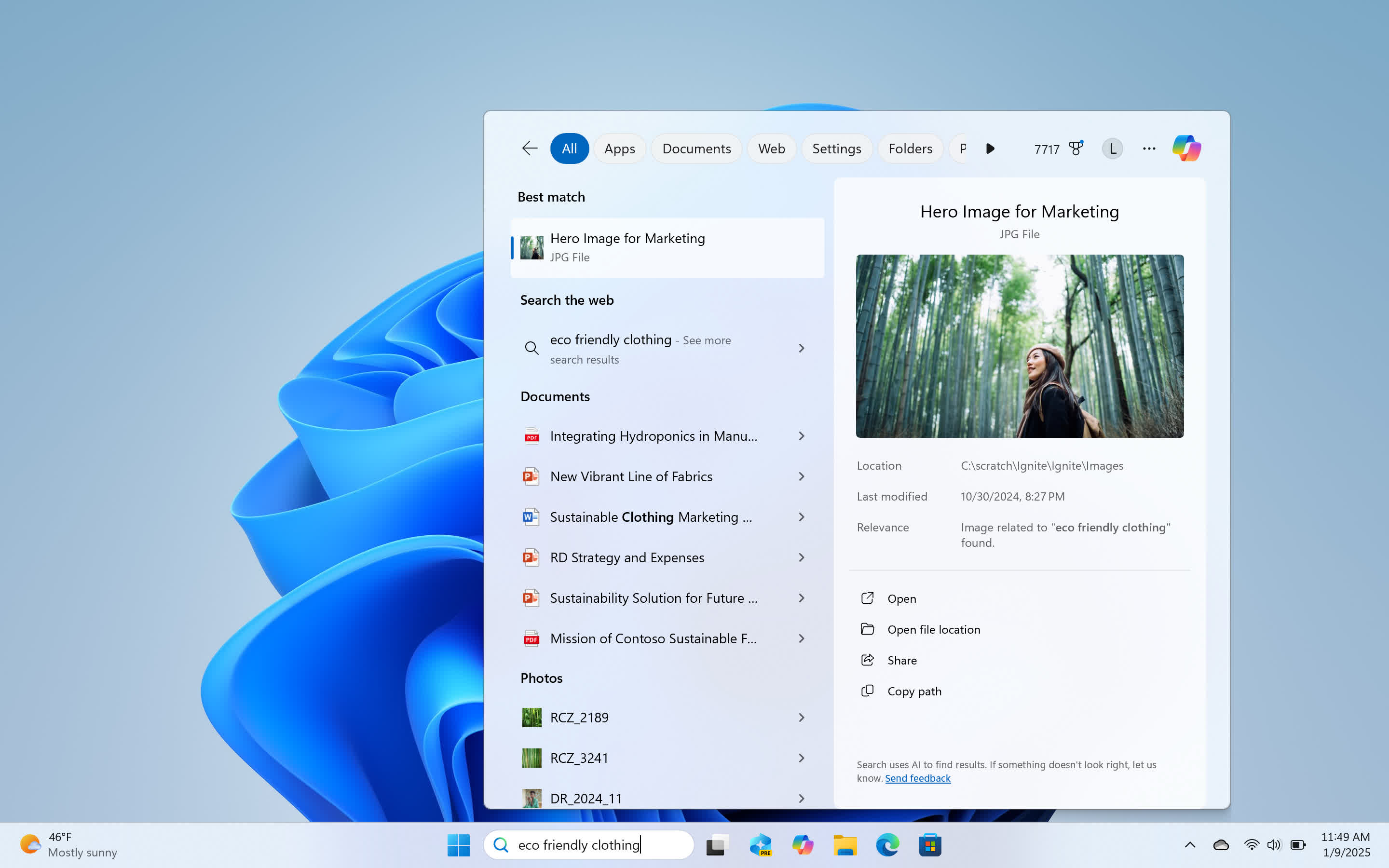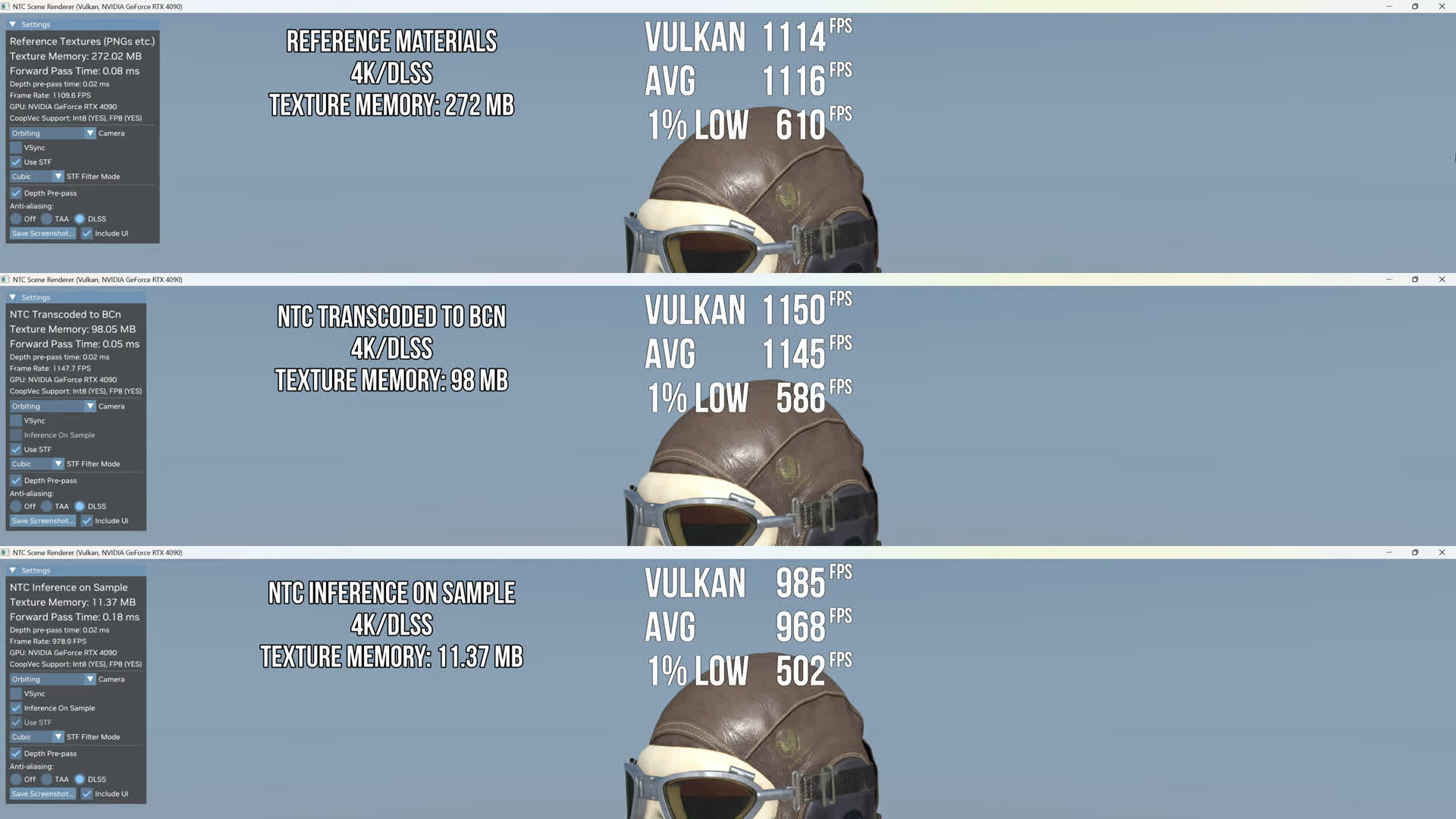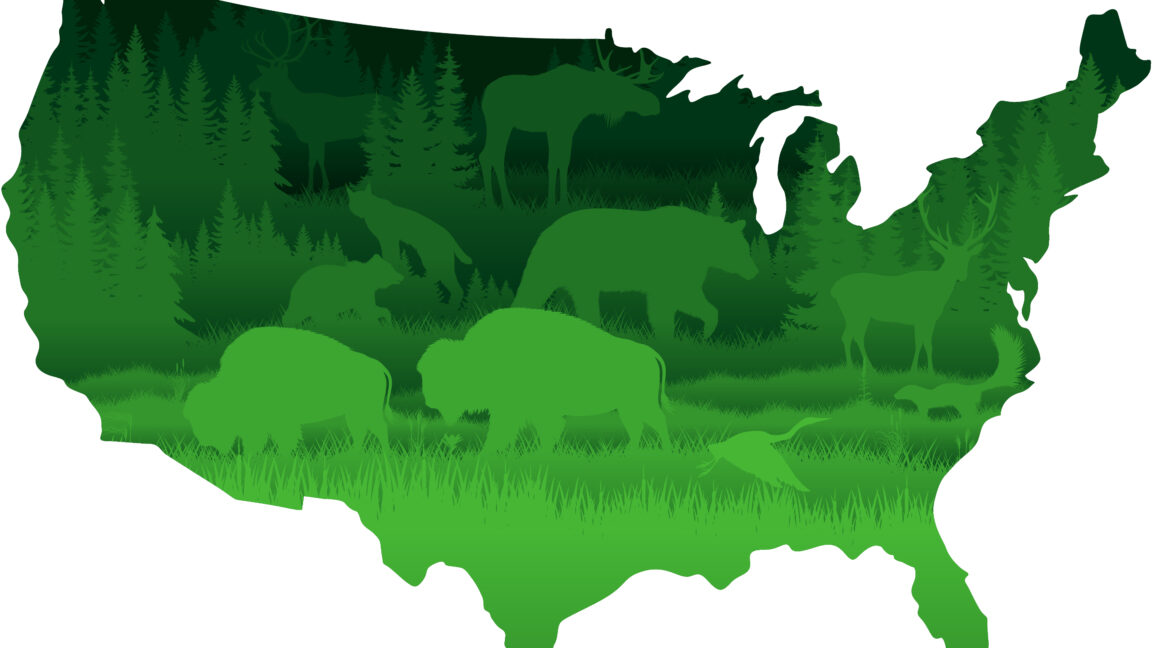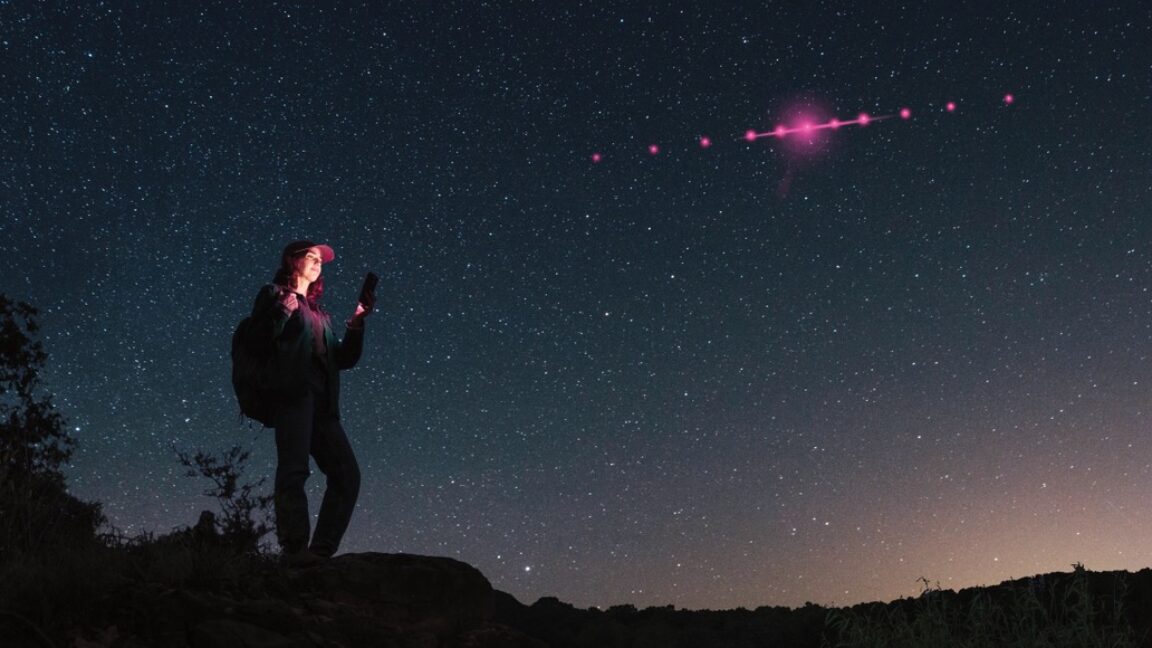www.digitaltrends.com
Table of ContentsTable of ContentsWhat does Paragonix do?The cooler is only the startWhat it all meansStandard of careIce is very bad for organ storage. It is very good to cool your beers in the summer, but it has no place in organ transplantation, Lisa Anderson, CEO of Paragonix Technologies joked during an otherwise serious conversation that began as a quick chat about a new app, but ended up as an incredible story about how an established-but-flawed way of transporting donated organs to a recipient has been turned on its head.Lisa Anderson, Paragonix CEO ParagonixFor about 50 years, transplanted organs have been moved around on ice, Anderson explained. They were put in a sterile plastic bag and placed into an ice chest filled with crushed ice. But this is too cold for organs. Its freezing. If you put a piece of meat in the freezer it gets freezer burn, which injures tissue and organs. Just because clinicians have been doing this for 50 years, doesnt mean it was the right thing to do.Recommended VideosParagonix recognized organ storage temperature couldnt be too cold, and they were persevered more effectively between four-and-eight degrees celsius. It now produces a range of high-tech storage devices that cool, preserve, and even track the health of the organ it contains, along with a master app to simplify, streamline, and speed up the crucial flow of information throughout its journey.BaroGuard cooler for lung organ transportation ParagonixThe FDA-approved coolers, which are quite different to the ones youd use to keep drinks cold at a barbecue, are made of a single-use, biodegradable foam with Paragonixs SherpaCool phase-change technology to maintain a steady thermal environment inside. A battery keeps the display running, but the cooling is passive, so if the battery runs out for some reason, the contents will not be affected.ParagonixDepending on the organ being transported, the Paragonix cooler performs other functions too, as Anderson explained:Some of our devices focus purely on temperature control, but some have other functionalities. For kidneys its actually perfusing [meaning a liquid is circulating through an organ] the kidney during transport with a nutrient rich solution, and we can capture data to show how the organ is responding to it. This has been correlated to function after transplant, and we can give the clinician an indication of the health of that organ on arrival. Lungs are transported in an inflated state and we can track the inflation pressure during transport, another important parameter for clinicians.Anderson explained much of tracking data simply didnt exist for organs in transit before, and could only be provided by machines and then verbally communicated to clinicians. Understanding the condition of the organ, and keeping people informed during its journey, is where the app comes in.A transplant procedure involves many, many people, Anderson continued. The team taking care of the recipient has to be in the know, but so does the donor hospital. Before, what happened was hundreds of phone calls between people were constantly taking place, exchanging chemical information, information about their location, information about what they were doing, and what they were experiencing. In the Paragonix mobile app, everybody can see what is happening on the journey, whether donation has taken place, whether the organ has been recovered, and where the organ is. It has insights, remote monitoring, and real-time information so everyone knows whats happening.SherpaPak cooler for heart organ transportation ParagonixPutting an organ in a bag filled with ice and communicating over over the phone suddenly sounds like a very outdated way of doing things. Andersons enthusiasm was obvious during our conversation, but at its most infectious when she started explaining how Paragonixs technology was saving, and then extending peoples lives.From inception to date weve transported over 10,000 organs and the app was has been used in over 6,000 cases, she told Digital Trends. Were following close to 5,000 patients and what we have shown is if you put an organ in a Paragonix device youre going to significantly reduce, by over 50%, the occurrence of severe complications after transplant. Over four years weve been able to demonstrate there are more patients alive because of our technology than with ice, and a reduction in [heart transplant] mortality by 45%. Were the only company that not only has devices for all five transplant organs, but also for pediatric transplants. No other company has pediatric utilization.Its hard not to be impressed and excited about technology with such meaningful benefits, but Paragonix has also completely changed the logistics of getting an organ to the right person, and dramatically reduced the costs involved too.Weve transported over 10,000 organs and the app was has been used in over 6,000 cases,Before the introduction of advanced preservation technology such as ours, organs had to be sourced within about 290 square miles, Anderson told me. This was a pretty narrow geographic area, especially if you are on the coast and half of your territory was in the ocean. We have been able to push this geographic distance up to 2,300 miles. For liver, lung, and heart weve almost opened up the entire U.S..Because organs can be kept outside the body for longer, transport options have opened up too. Anderson said due to previous time constraints, many organs traveled by private charter flights costing up to $80,000. Now, they can travel on a commercial airline for a fraction of the cost. In turn, all this helps clinicians plan surgeries at better times, rather than in the middle of the night or at the last minute.ParagonixHearing how transformative Paragonixs cooler and app can be, the amount its being used in the medical industry will come as no surprise. Anderson provided more impressive figures:We currently transport and protect over 50% of hearts in the U.S. that are transplanted, over 50% of lungs, and about 10 percent of livers right now. We only launched liver transport 12 months ago. Our device has become standard of care in organ preservation, at least for heart and lung, and our mobile app has become standard of care as well.Transplant centers even advertise they use Paragonix equipment and app, allowing patients to make an informed choice. If it was me receiving a donated organ, after hearing about what Paragonix offers, Id certainly want it to be used.Paragonix coolers for pancreas (left) and liver organ transportation ParagonixWhen I was first offered the chance to speak to Anderson, it was mostly about the clever app, and even when I accepted I had no idea it was just one part of an astonishing, life-saving system driven by mobile technology making a real difference to peoples lives.As our conversation came to a close we had mostly talked about the organ, its journey, the recipient and of course, the technology, but Anderson had a poignant reminder about the other person involved, and how important they are to the process and to Paragonix itself.When we conceived the concept for Paragonix, our devices, and the app, we always thought about two patients. We think about the recipient that is going to have an improved outcome with our technology, but maybe more importantly, we also think about the donor patient who selflessly left that gift, and how we have utmost responsibility to protect it for somebody else to use.










